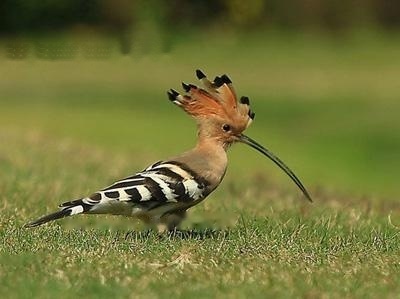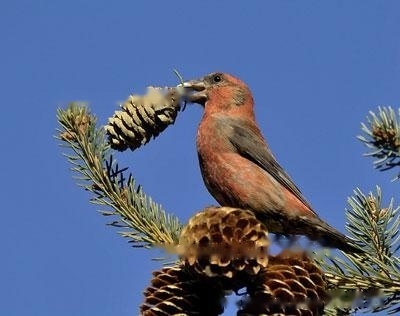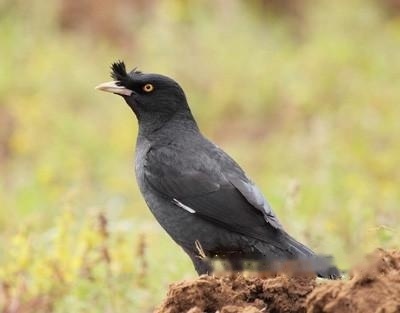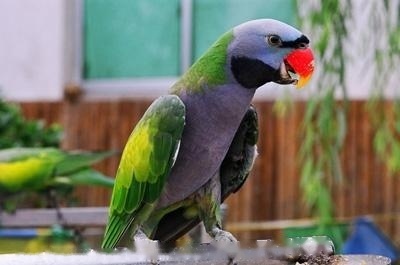The species has strong speech ability, talent and intelligence, high IQ, and is known for its ability to imitate human speech. When foraging, they usually act together in small groups, and they like to eat all kinds of seeds, nuts, fruits, nectar, berries, etc., and sometimes forage in crop fields, causing agricultural losses, especially corn fields. African grey parrots can travel long distances in search of fruit trees and migrate seasonally, especially during the dry season. It gathers in large flocks when perching and is very noisy, making quacks, whistles, and screams at rest and in flight. In addition to being able to imitate human language, this parrot has also been found to imitate other birds and mammals in the wild. sound.
African grey parrots should be kept in sturdy metal bird cages with enough space for activities. At the same time, different kinds of toys should be prepared to satisfy their curiosity and help pass the time. Anxiety and boredom in the cage, so as not to develop hair-biting disease. In addition to providing balanced nutrition, calcium supplementation is especially important. They are jealous, shy, and want to be taken seriously. If they are left out for a long time, bored, and depressed, they can easily lead to the mental illness of trichotillomania, so they should be given a lot of toys and enough time to spend with them.




